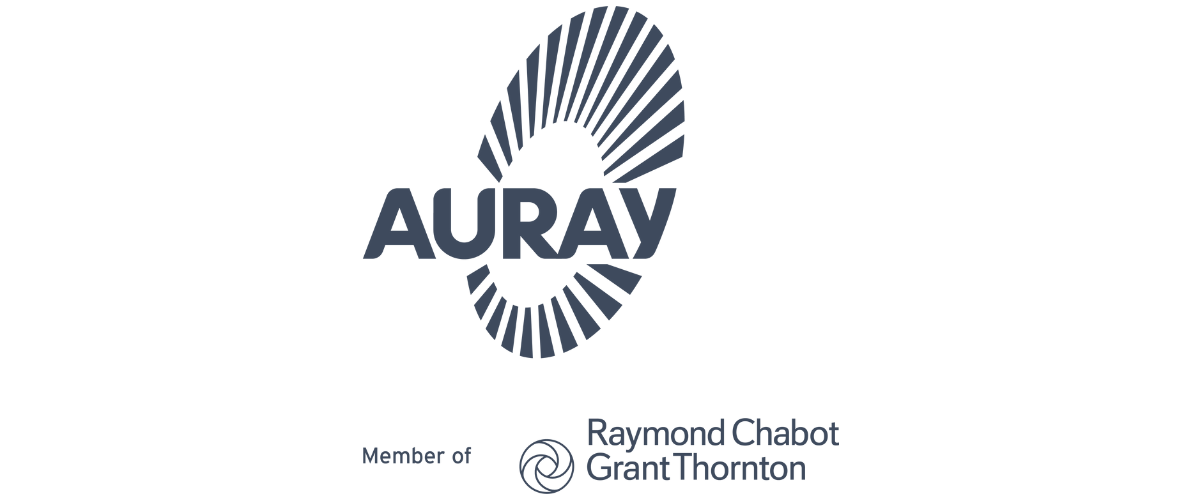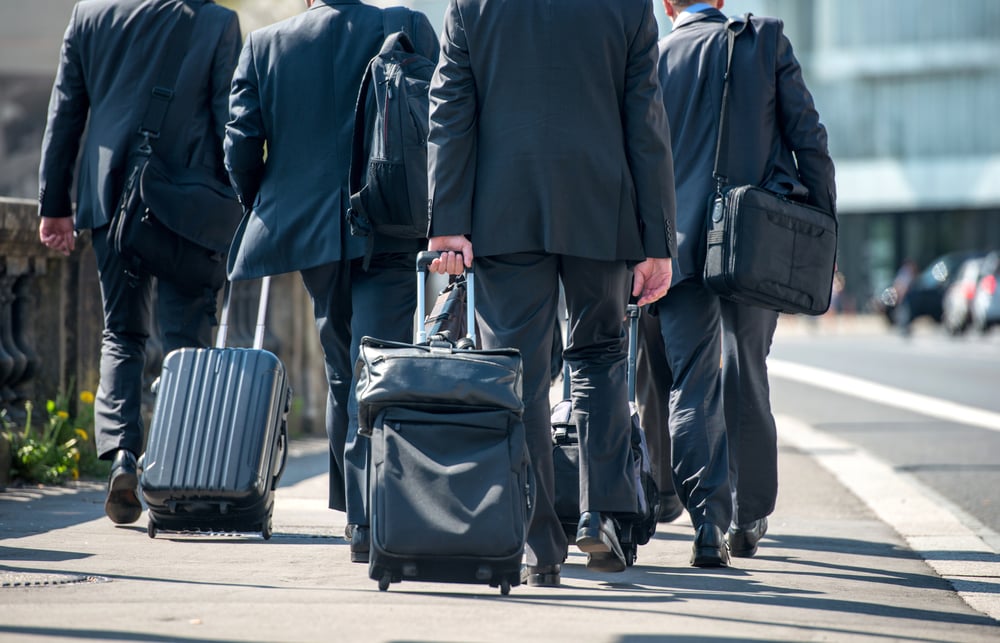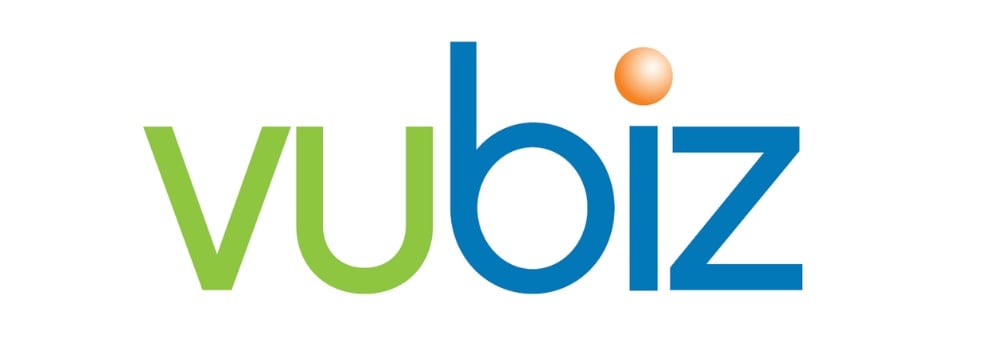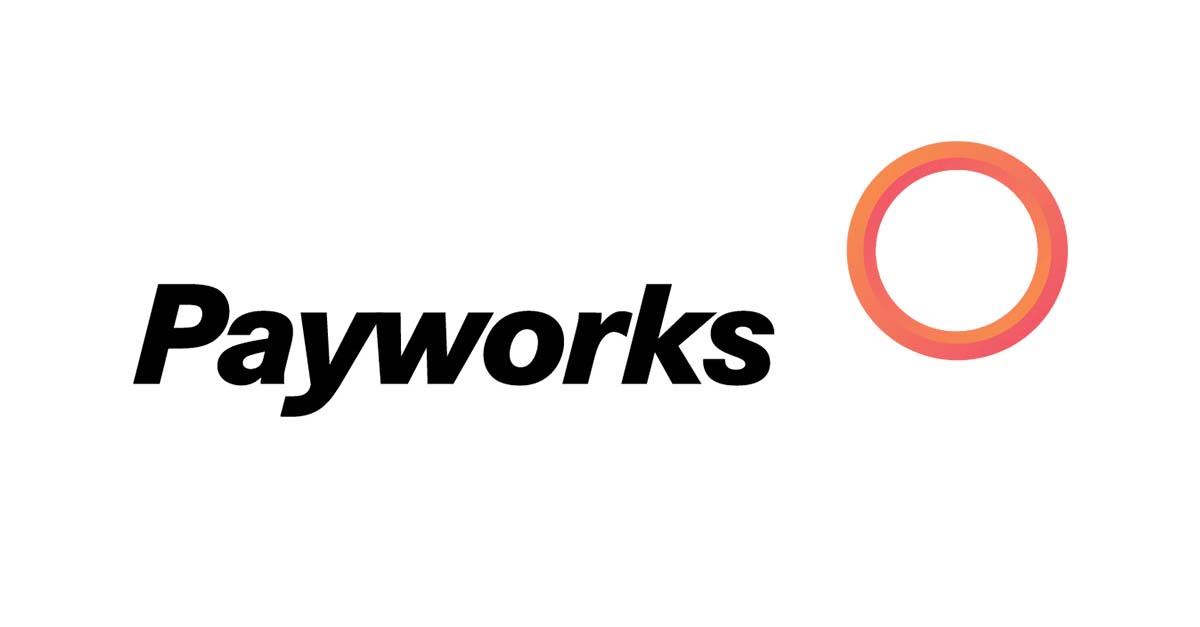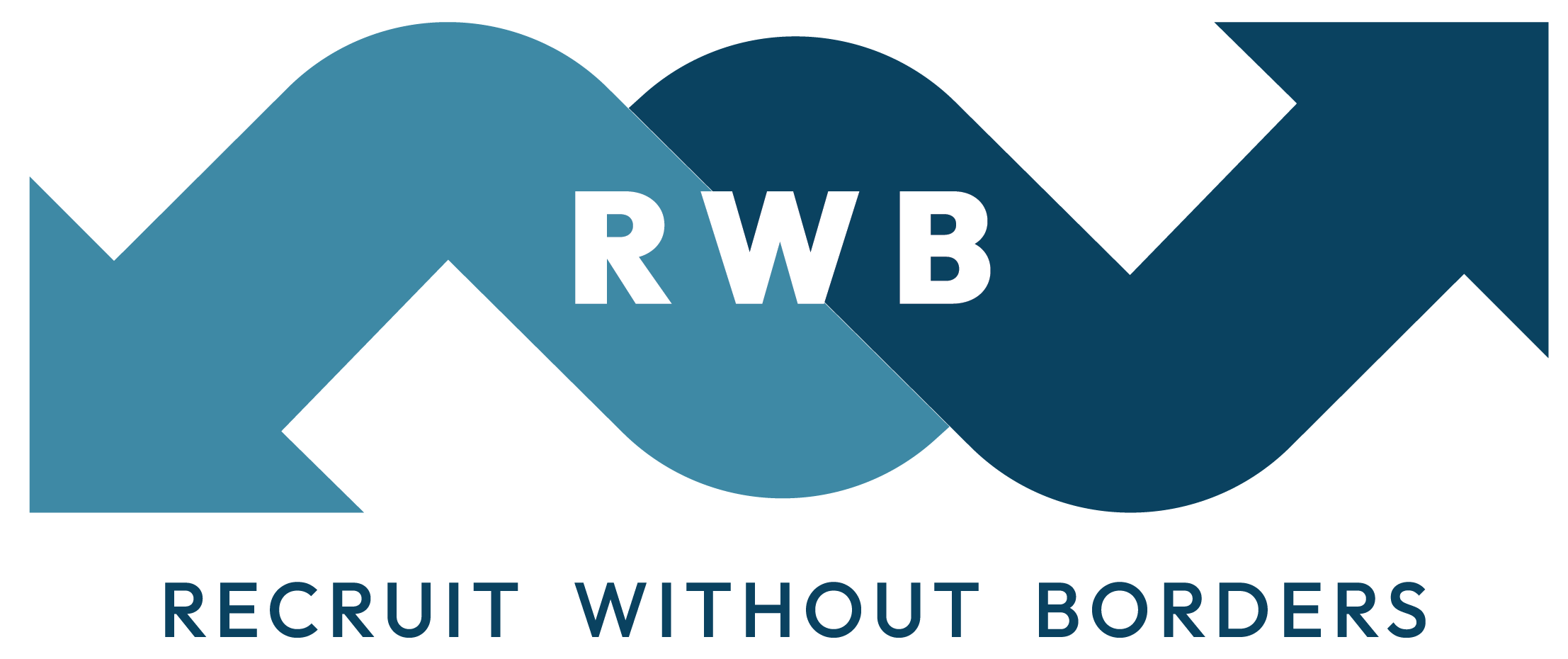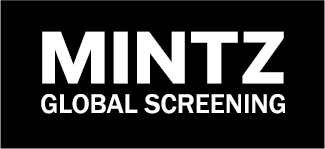
CFIB’s Employee Management Centre
The Right Advice at The Right Time to help you make The Right Decision
We know businesses need support with HR matters such as managing employees. HR Now! has a team of business advisors across the country ready to help!
What makes us unique?
- Combined decades of HR expertise on hand to help you
- Our 80%+ live response rate when you call
- Our unique “members’ first” approach
- Our exclusive structure tied to legislative teams that can impact government decisions and legislation on your behalf
Included in your membership! Call our advisors 1-833-568-2342 or email us at hrnow@cfib.ca.
There’s no shortage of challenges that businesses face when managing people, but knowing what to do in every employee scenario can be stressful and time-consuming.
We’re here to help.
Welcome to CFIB’s Employee Management Centre: a space to discover solutions to (almost) every situation you’ll encounter as an employer. We’ve helped many small businesses over the years and now we’re sharing our tools and experience to help you manage the people that make your business great. Learn to streamline your processes, attract top talent, and then retain them hassle-free.

Live HR and Business Advice
Get a LIVE Advisor on the phone or through chat and get answers in real time! 1-833-568-2342
Legal Support for Your Business
Get best-in-class legal assistance at no extra cost, thanks to our partnership with LawVo.
Self Service at your Fingertips
Working late? After hours? Weekend? No problem... here's the 24/7 solution
Webinars
Keep up to date and informed on the latest trends, brought exclusively to you, created with your business in mind.
Unlock Unlimited HR Support for Your Small Business
CFIB members get exclusive access to professional legal advice, expert HR guidance, customizable policies and dedicated 1-on-1 support to help navigate HR challenges with confidence.

"Our CFIB membership has helped us cut our merchant processing fees to nearly 1/3 of what they were previously and we have had a sizeable refund of EI payments thanks to their advice. If you are on the fence about membership run, don’t walk, and get signed up now! You will not regret it. We certainly don’t!" ‑ Small Business Owner, Ontario
In a context where labor shortage is hitting hard, AURAY offers businesses of all sizes, sectors of activity and regions, a turnkey pan-Canadian solution in local and international recruitment, as well as in immigration. Thanks to the expertise of an exceptional team, AURAY is the ideal partner to support you in this challenge.
Equinox, in partnership with CFIB, is revolutionizing international recruitment in Canada. We manage the entire recruitment process from candidate selection to legal support, to the complete integration of workers, everything is orchestrated by our expert team. An exclusive preferential rate is provided for CFIB members.
Getting Ahead is talent platform built for talent and small to mid-size employers in Canada. Talent such as students, new graduates, early career, and experienced professionals are centralized in a simple, self-service platform made accessible only to small to mid-size employers to enable direct hiring at a lower cost than typical platforms and processes. The platform is free for CFIB members for the next several months as we grow.
Featured Resources
Tips and templates to inform your employee management journey.
Featured Webinar Series
Exclusive to CFIB members. Join our team as they keep you updated on the latest trends and topics important for your small business.
Find More Resources Through our Savings Partners:
Vubiz offers a range of FREE online courses to help you grow your business and manage your employees. Check out their courses, including “Hiring Right” to learn the four steps of effective interviewing and selection, and “Effective Performance Feedback” for strategies to ensure your feedback is constructive and successful.
As your business grows, it becomes more challenging to keep up. Canadian-owned Payworks helps manage your workforce by providing cloud-based solutions for Payroll and Human Resources, including recruitment, employee profile management, and compensation and benefits management.
PrimaSure is a revolution in low-cost group benefits, providing flexible and affordable insurance for you and your employees. Underwritten by Sun Life Assurance Company of Canada and administered by Nexim Canada, PrimaSure is offered to groups as well as individuals and is exclusively available to CFIB members.
Equinox World, a Montreal-based leader in international recruitment, provides CFIB members with top-tier solutions, including sourcing skilled foreign workers, legal support, and seamless worker integration.
Access a full range of specialized services like process outsourcing, as well as strategic support in recruitment solutions and job posting, all at a preferential rate.
RWB offers an all-in-one solution with a transparent process for bringing foreign workers to Canada at a fixed, low cost - regardless of salary - with personalized support to meet your unique recruitment needs.
Mintz Global Screening offers a wide range of unique, value-added background screening services tailored to your needs such as National Criminal Records Checks, Education & Employment Verifications and more...
What Our Satisfied Members Say About HR Now!
We are recent members of the CFIB, but the money they have saved us in this short time is incredible. We have managed to cut our merchant processing fees to nearly a 1/3 of what they were previously and have had a sizable refund of EI payments thanks to advice taken from them. If you are on the fence about membership run, don’t walk, and get signed up now! You will not regret it. We certainly don’t!
I want to express my thank you to you and CFIB for providing all necessary support and advice... CFIB has lots of resources and qualified professionals providing assistance. You had all the information and made my life so much easier without having to pull resources from expensive consultants.
CFIB is always there when I need them … one of the reason that we are a long standing member … not sure why every business is not a member … glad we are though!
I wholeheartedly recommend CFIB to any organization or individual in need of expert HR advice during difficult times. Their support goes beyond mere advice; it's a lifeline that ensures ethical decision-making, preserves corporate values and paves the way for a brighter, more resilient future. My sincere gratitude goes to the entire CFIB team.
Read Our Exclusive Research, Based on CFIB Members’ Views:
The impact of labour shortages on the number of hours worked by Canada’s small business owners
A comprehensive overview of Canada’s employment landscape of the past decade
Recommendations to governments on how to modify payroll taxes to enhance small business growth and competitiveness
In business for your business. Since 1971.
With over 100,000 members across every industry and region, CFIB is Canada's largest association of small and medium-sized businesses.
We're here to help. Please contact us and we'll make sure you get the information you need. Please call 1-833-568-2342.
Interested in becoming a member?











